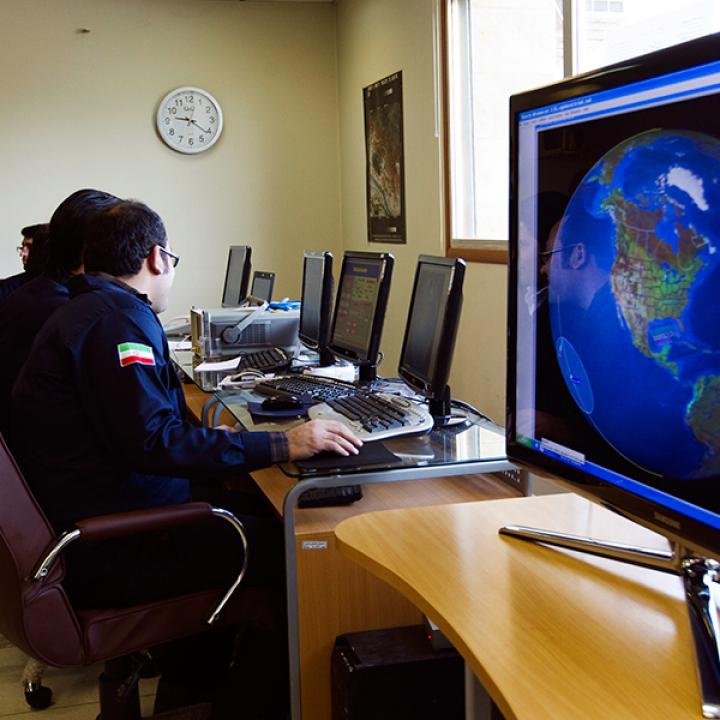
- Policy Analysis
- Fikra Forum
The Overlap of Media, Culture, and Intelligence in Iran

The Iranian regime has adopted a clearly-defined political strategy through which it aims to spread its ideology and strengthen its influence beyond Iran’s geographic borders. The regime views the triple-pronged approach of culture, media, and intelligence as an effective tool that will allow it to win the hearts and minds of youth in the Middle East and beyond. Iran has thus invested a great deal of money and effort into this matter.
In recent years, Iran has invested large sums into developing its media apparatus: The Iranian Broadcasting Authority currently has offices in 21 capitals, including Cairo, Beirut, and Damascus. The authority also operates 30 satellite channels that broadcast around the clock , as well as 13 radio stations that air programs in languages such as English, French, Arabic, Russian, Turkish, Kurdish, Urdu, Haussa, and Swahili, to count a few. This widespread infrastructure helped Iran build a media empire that successfully disseminates the regime’s messages while criticizing its adversaries.
Iran’s media apparatus is organized by the Islamic Republic of Iran Broadcasting agency (IRIB), which is often directly involved in the dissemination of misinformation and propaganda. Operating independently from the government, the agency is overseen directly by Supreme Leader Ali Khamenei, who dictates media policies and monitors all Iranian television and radio stations.
In order to help the regime maintain control over news broadcasting and the media, IRIB collaborates with a host of ministries and government entities. For example, Iran’s Ministry of Intelligence and Security (MOIS) assists the IRIB with and keeping tabs on television channels whose content somehow contradicts Tehran’s stances and censuring the press in general. Moreover, MOIS employs increasingly sophisticated methods to monitor foreign journalists in Iran and reduce their presence in the country: Indeed, the Department of Disinformation, a division of the Ministry that orchestrates disinformation operations and supervises most of the news that is published in the country, uses psychological warfare against foreign news outlets and intelligence agencies that try to gather information about Iran’s intelligence and military capacities.
Over the past ten years, MOIS and IRIB have also worked with the Supreme National Security Council and the Ministry of Culture and Islamic Guidance to help Tehran tighten its grip over the internet and social media. While MOIS has been blocking websites in Iran since 2009, together, the aforementioned agencies have helped the Ministry lay down the infrastructure for the “halal” internet, a digital sphere that enables MOIS to control the content users can access. Furthermore, in 2012, these agencies came together again, this time under the auspices of the Supreme Council of Cyberspace, which is primarily concerned with coordinating cyber-warfare efforts and developing public policy initiatives. The council, which was established by a decree from Khamenei, is comprised of and supervised by high-ranking officials, including the president and several ministers, as well as representatives from the judiciary, the parliament, and different security agencies.
Most recently, an interagency collaboration has produced the Soroush app, an instant messaging platform intended to replace a telegram messaging app that Tehran sees as a catalyst for civil unrest. According to media outlets, the new app features emojis that include the slogans “Death to America,” “Death to Israel,” and “Death to Freemasons.”
In sum, the powerful interconnections between Iran’s different media and intelligence agencies has been weaponized by the Supreme Leader of Iran, Ali Khamenei who is engaged in an ongoing publicity war with the outside world: the Ministry of Culture and Islamic Guidance provides the lexicon for speeches and revolutionary discourse, then the media disseminates this material in the form of news and media content, and finally, the Ministry of Intelligence mobilizes the material and social resources in order to bring this effort full circle.


